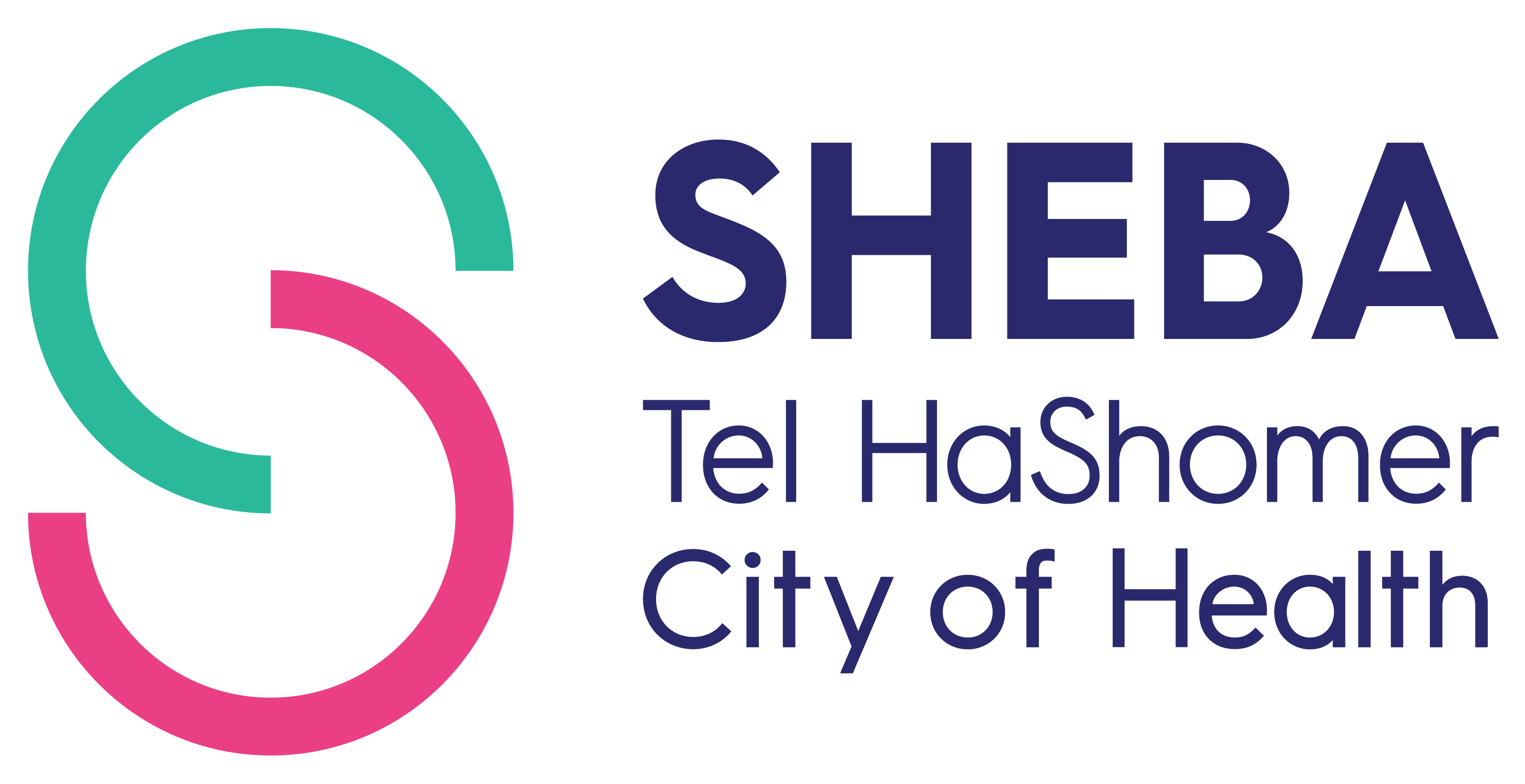New findings for prevention of diabetes
New research demonstrates that medication to
reduce triglycerides in blood also prevents diabetes
This new research was part of the collaboration between the Heart Institute and the Cardiac Rehabilitation Center at the Sheba Medical Center. These findings will substantially increase the treatment possibilities for prevention of diabetes.
One of the major problems facing modern medicine is the growing prevalence of diabetes. Diabetes is one of the major risk factors for cardiac disease.
New research carried out by cardiologists at Sheba gives the first indication that treatment to reduce triglycerides in blood, and increased HDL (the "good" cholesterol) causes a significant decrease in the incidence of diabetes Type II, the most prevalent type of diabetes.
Over 300 research subjects who, although they have not been diagnosed with diabetes, are at high risk for the disease, were observed for a period of six years. Half of the research subjects were medicated with the drug Bezafibrate, and the other half received a placebo. After the results of the research had been analyzed, senior researchers, Dr. Alexander Tannenbaum from the Cardiac Rehabilitation Institute, headed by Prof. Ehud Shvementhal, and Prof. Shlomo Bachar, the head of the research headquarters, concluded that treatment with Bezafibrate reduced incidences of diabetes by thirty percent and delays its onset by one year.
Dr. Tannenbaum told us that: "Among the major explanations for the research findings is the fact that, in addition to improving the lipid profile, medication with Bezafibrate appears to have been beneficial to insulin uptake. According to Dr. Tannenbaum, it is possible that the best way to prevent diabetes is a combination of increased physical exercise, weight loss, and medication with drugs meant to reduce the blood glucose level and lipid profile.
The international press has given the research findings broad coverage, and findings were reported in detail in Reuters Incirculation, Medscare, etc., and have already been incorporated into the curriculum at medical schools in the USA.









